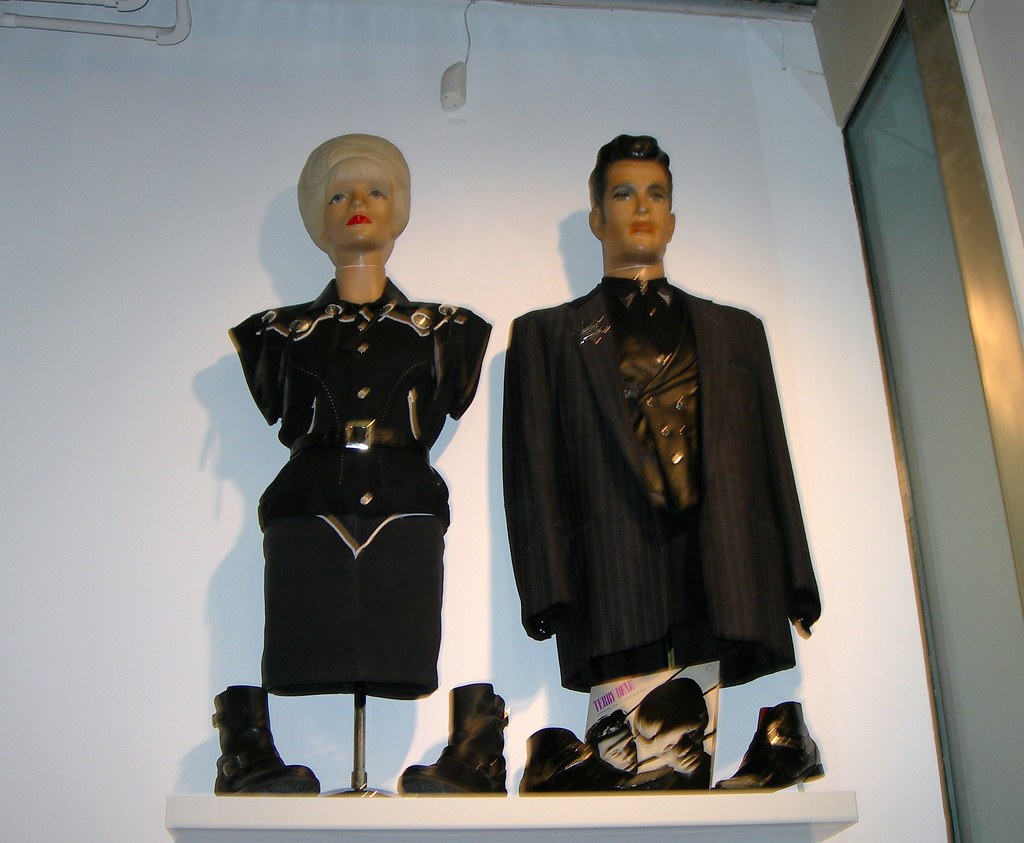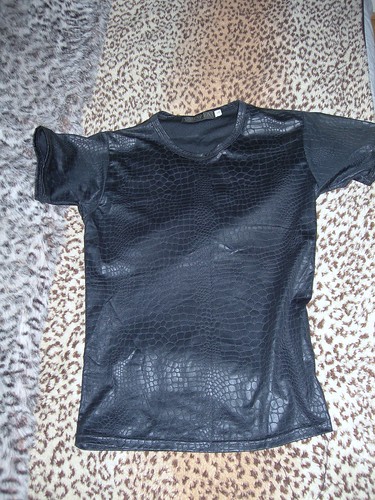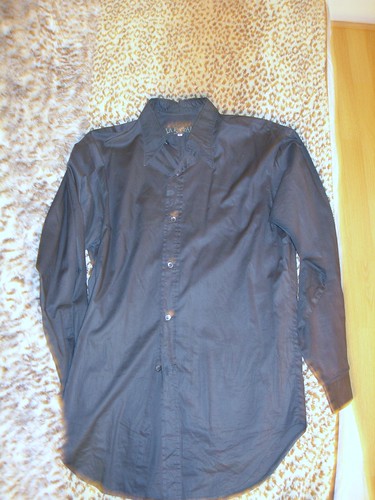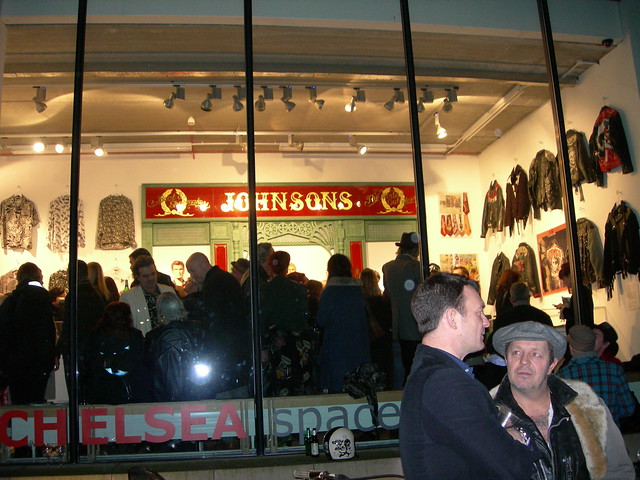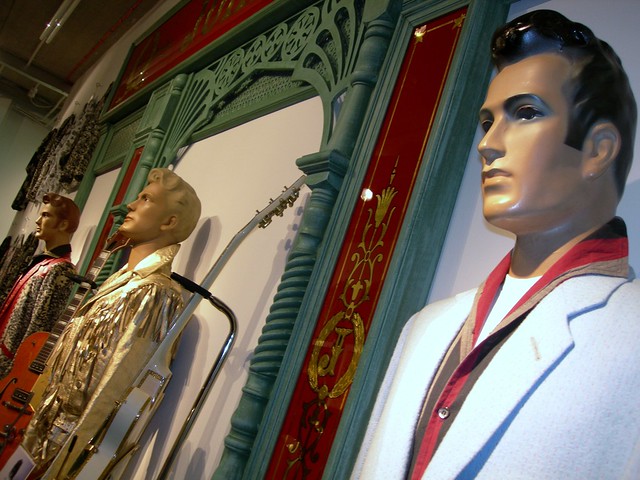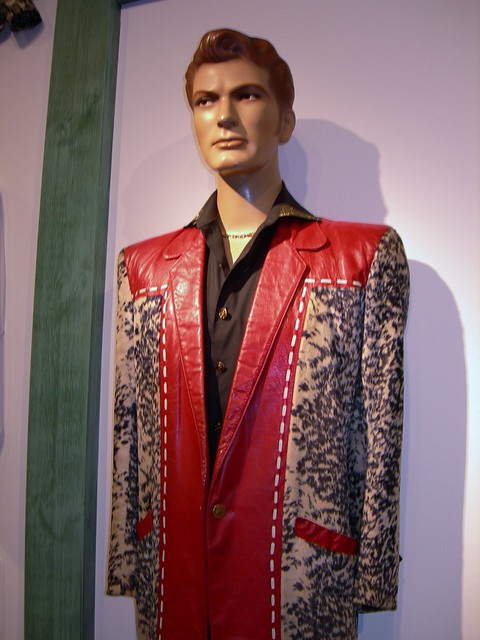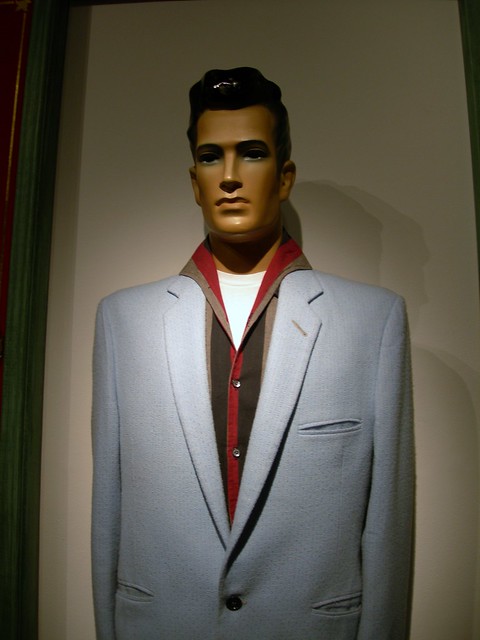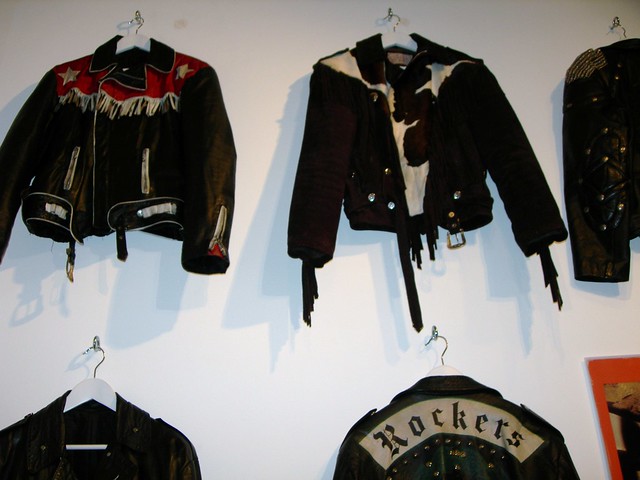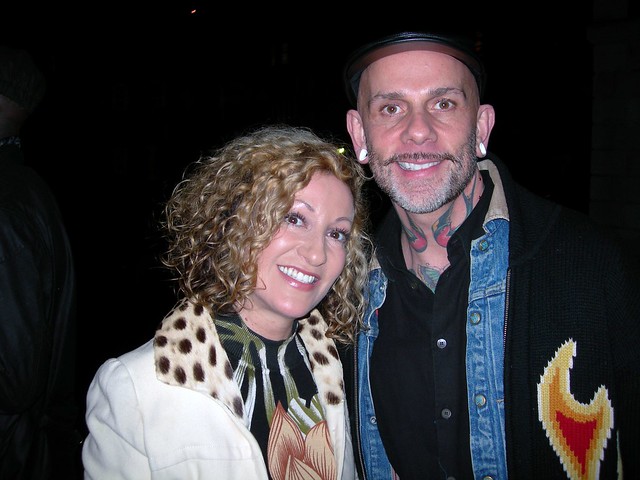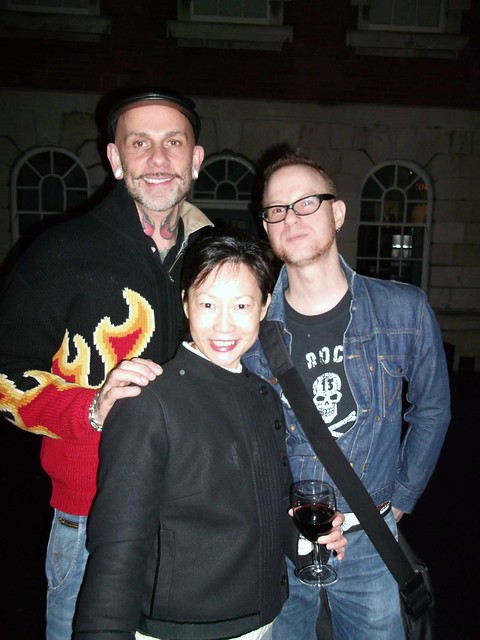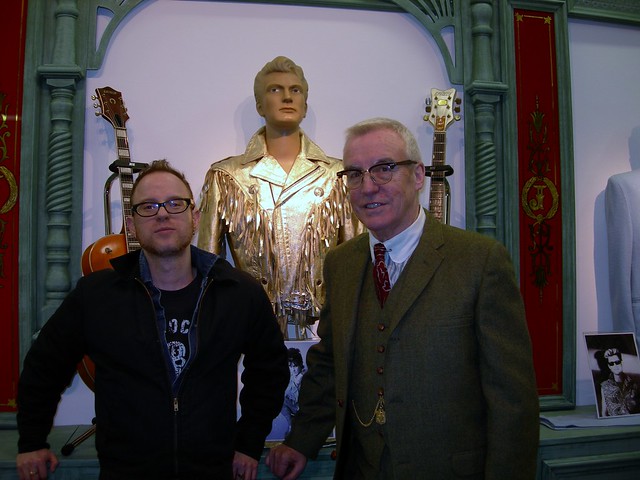/ A portrait of Evelyn from the
series La Manzana de Adán (Adam’s Apple) by Chilean photographer Paz
Errázuriz, 1983 /
The Barbican’s current exhibit Another Kind of Life: Photography on the Margins plunges the viewer into the subterranean outlaw
world of the countercultural and disenfranchised. As they put it, it “follows
the lives of individuals and communities operating on the fringes of society
from America to India, Chile to Nigeria.” Think sex workers, biker gangs,
junkies, drag queens, teenage runaways, circus freaks, punks, rockabillies,
criminals, drop-outs, misfits. You know: our kind of people! Pal and I visited
on Easter Sunday - and it was mesmerizing!
/ Medicine is Art, from the series Japan
Photo Theatre, by Daido Moriyama, 1968. How covetable is that Elizabeth Taylor
as Cleopatra mask! /
/ From the series Brooklyn Gangs by Bruce Davidson, 1959 /
Another Kind of Life opens with a room
devoted to the mother of outsider photography, Diane Arbus then encompasses
other exemplars like Larry Clark and Bruce Davidson. I’m obviously very familiar
with the oeuvres of Arbus, Clark and Davidson (especially the latter’s luscious
1959 series Brooklyn Gangs depicting insanely beautiful young juvenile delinquent
thugs!), but they’re always a joy to re-visit. To give you an idea of the flavor
and subject matter, Nan Goldin, Karlheinz Weinberger and Peter Hujar aren’t
represented in the exhibit – but they easily could have been. I loved
discovering new photographers I’d never heard of (especially Japanese, Russian
and Latin American ones). In some cases, I’d spot a photo I recognized but
never knew who took it or its origins or context. Noteworthy: Japan’s Daido Moriyama and Seiji
Kurata (check out his studies of ornately-tattooed semi-nude Yakuza gangsters lounging
at the sauna). Britain’s Chris Steele-Perkins (1970s Teddy Boy subculture; love
their sartorial style. Their fondness for the National Front and the Confederate
flag – not so much!). France’s Philippe Chancel (stylish multiracial /
anti-fascist Parisian 1980s rockabilly gangs The Vikings and The Panthers).
/ Untitled, 1982, From the series Rebel’s
Paris by Philippe Chancel, 1982 /
Many of these tales of desperate living are
devoted to troubled youth and transgender communities. Mary Ellen Mark
documented the homeless kids of Seattle (focusing on a haunting 13-year old
waif named Tiny). Jim Goldberg’s series Raised by Wolves (1987 – 1993) does the
same for young drug addicts in San Francisco and Los Angeles. (One of Goldberg’s cadaverous, doomed subjects
called Tweeky Dave died of liver disease in 1997 and bequeathed him his grungy denim
jacket customized with swear words. It hangs in The Barbican like a religious
artifact).
/ Lillie with her rag doll, Seattle,
Washington, from the series Streetwise, by Mary Ellen Mark, 1983 /
The main image for the exhibit is Paz
Errázuriz’s commanding, defiant 1983 portrait of Evelyn, a transgender sex
worker in an underground Chilean brothel. Dayanita Singh explores India’s
maligned eunuch community. Teresa Margolles does similar with trans prostitutes
in the desolate Mexican border town of Ciudad Juárez. Behind Margolles’ room is
slide show of grainy photos of strippers (most seemingly transsexual) working
at an absolutely filthy fleapit dive bar from the 60s to the 80s. It’s
spellbinding! Each slide tells a vivid story.
Perhaps my favourite image of the entire
exhibit is Danny Lyon’s photo Corky and Funny Sonny, Chicago (1965) below. Lyon
followed and photographed the outrageously sexy Outlaw motorcycle gang in the
mid-60s. I find this photo aesthetically pleasing!
The exhibit is on until 27 May 2018. Go!








